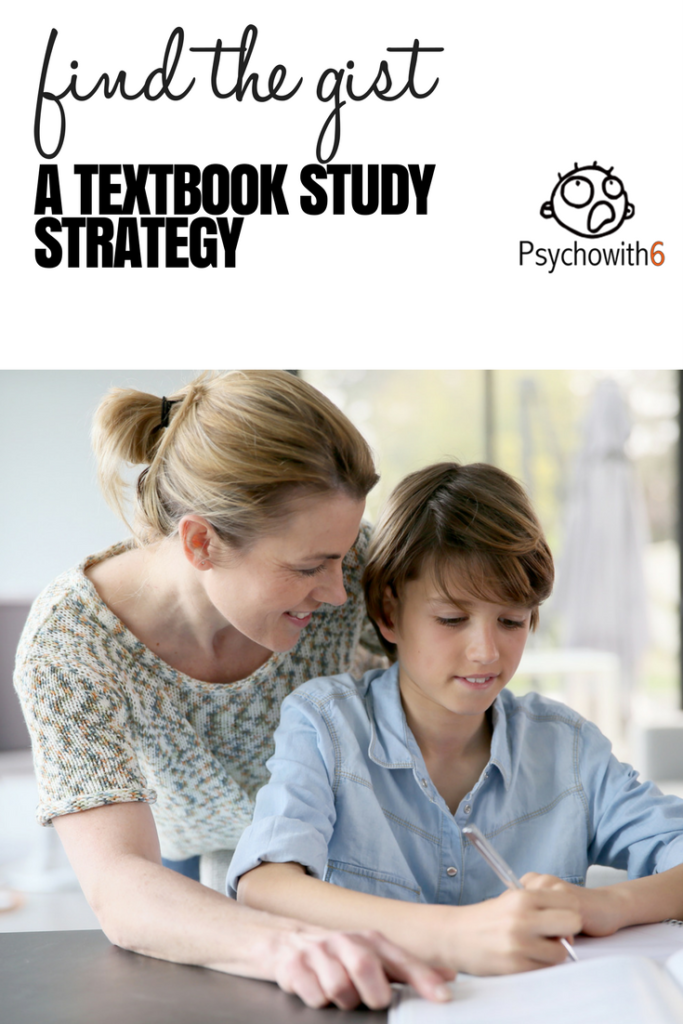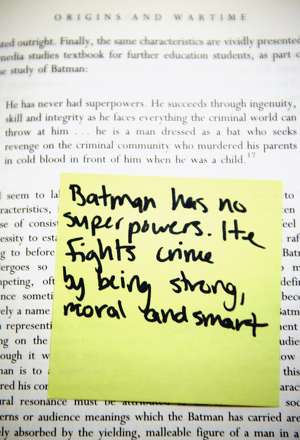
Find the Gist: A Textbook Study Strategy
Let’s face it: plowing through textbooks is no easy task, especially if you’re not sure exactly what you’re looking for. Finding the gist of sections of textbooks, stories in magazines, newspaper articles, and other nonfiction reading material is an important skill. Not only does it help a reader understand and synthesize what they’re reading, but it helps for studying later on, and saves time too.

Want to help your child learn to find the gist? Here’s an activity to help your child manage their nonfiction reading by focusing on the most important elements.
What You Need:
Nonfiction book or magazine article without subtitles
Sticky notes

What You Do:
- Find some good nonfiction reading books or magazine articles that don’t have any subtitles. After you gather a few samples, place them in front of your child.
- Have your child look through all the books and magazine articles and pick something she would like to read. Having your child read something she is interested in will help comprehension, not to mention motivation!
- Tell your child that you have noticed that there aren’t any subtitles anywhere in the nonfiction piece and that together you’re going to read one paragraph at a time and decide on a title for each paragraph. Explain that this is called finding the gist of the paragraphs as you read, and it’s a great skill for nonfiction readers to develop. They’ll be able to manage the information they’re rapiding digesting.
- Model how to do this for your child. Read the first paragraph out loud and tell her what you’re thinking. Say something explicitly like: “Well, I see that this first paragraph is telling the reader that a lot of people think wolves are vicious, but they rarely attack people. It seems to me that wolves have a bad rap. Perhaps a good subtitle for this paragraph would be “Wolves: A Misunderstood Species.” Write your subtitle on a sticky note and cover the paragraph with it.
- Now have your child practice. If she need a little help, try out a few with her, and then encourage her to do it on her own. Your child may want to read the paragraph aloud as you read it silently. Either way, when she’s ready to write a subtitle, have your child explain her thinking. What information did she read in the text that lead her to come up with this subtitle?
- Explain to your child that every good nonfiction reader stops and thinks about what she read. Urge her to keep sticky notes around to practice finding the gist in her nonfiction reading. She can keep her notes as future study aids, or to help her organize essays and projects.







